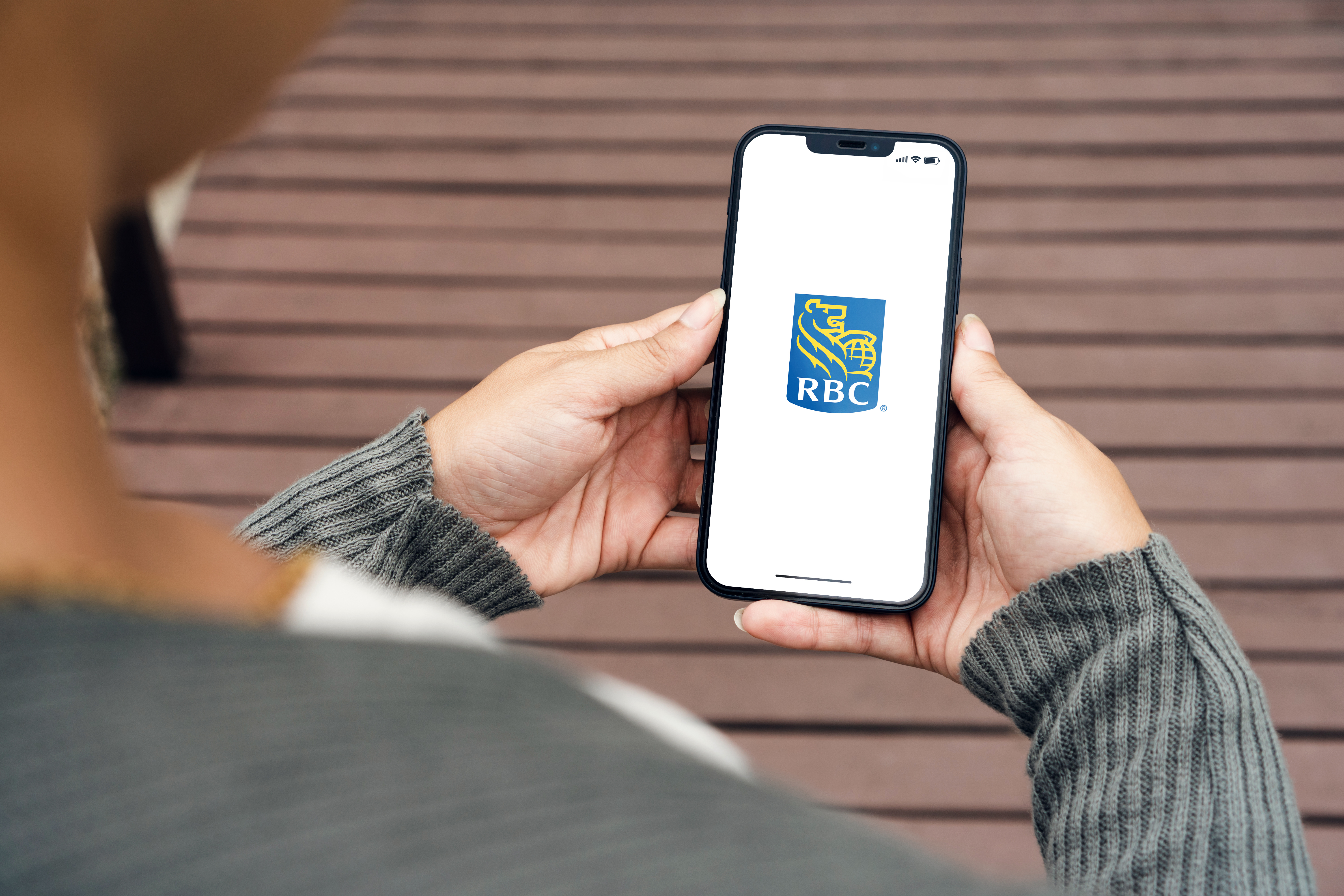Published September 25, 2024 • 6 Min Read
Being vigilant about your online security is essential to guarding against cyber criminals. While your bank will do its part to keep your financial information safe and secure, there are simple steps you can take to proactively protect yourself.
Online banking is a safe way to manage your money, as reputable financial institutions implement robust security measures to protect your money and your information. As cybercriminals are always looking for weaknesses, however, there are steps you can take on your own to keep your financial and personal data safe.
Two- or multi-factor authentication on your mobile app
Enable 2-step verification in the RBC Mobile app. This will help ensure it’s only you who has access to your bank accounts online.
Auto-deposit for e-transfers
With Interac e-Transfer Auto-deposit, there’s no need to log into your Online Banking or answer a security question to receive an e-Transfer. This service eliminates the need for a security question and answer in every transaction lessening the risk that someone unintended could intercept the funds.
Card Lock
You can lock your RBC client card or credit card temporarily at any time. Use Card Lock if you’ve misplaced your card by simply logging in to the RBC Mobile app and navigating to your account details page.
Alerts
Alerts are a free service that helps you manage your money and stay on top of upcoming offers. Financial Alerts are sent in near-real time about specific activity on your accounts and can help you avoid unexpected fees or interest charges, and quickly spot any unusual activity.
You can easily customize your Alerts in RBC Online Banking or the RBC Mobile app to monitor unusual transaction activity
Use strong security questions
If you choose not to enable auto-deposit, when sending money through Interac e-Transfer, ensure that your security questions are difficult to guess and avoid answers that can easily be found online or through your social media pages, like your pet’s name, or your favourite vacation destination. Never send the answer to the security question in the message you add to the transfer.
Use a secure internet connection
Steer clear of public Wi-Fi, especially if you’re logging into any accounts with private or sensitive information, like your bank account.
What You Can Do:
-
Avoid logging into any accounts that hold private or sensitive information.
-
Use a secure and encrypted VPN.
-
Be aware of who is around you and who may be looking over your shoulder.
Use strong, complex passwords
A strong password is critical to protecting your online accounts. Passwords are often the first defence against cyber criminals. They protect personal information, like your bank accounts, health data, or private documents from falling into the wrong hands.
What You Can Do:
-
Never share your passwords with anyone.
-
Don’t use your Online Banking password for anything else. While it’s best not to re-use any passwords at any time, it’s especially important to use extra caution when it comes to sensitive information such as your bank account.
-
The longer, the better. Experts suggest creating passwords that are at least 12 characters long, ideally 16.
-
Reset your passwords regularly.
Review your bank account statements regularly
Review your bank account statements regularly; if you see unknown purchases, that could be a sign that your identity has been stolen.
Protect your personal information
Don’t give away personal information to someone you don’t know, even if they claim to be from a trusted company or your bank.
What You Can Do:
-
No matter how convincing the message, never provide your PIN, password, account numbers or one-time access code to anyone. Your bank will never ask for this information from you.
-
Hang up and/or delete the message and don’t click on any links.
-
Don’t trust Caller ID: Fraudsters are skilled at spoofing phone numbers, so don’t be fooled by a number that looks like a bank call.
-
Contact your bank directly using the phone number on the back of your credit or debit card.
Be sure you’re speaking with RBC
If we ever need to contact you, please know that RBC will never ask you to provide your login ID, PIN, password or one-time code to anyone through text, email or voicemail.
We will never ask you to add an RBC payee for verification purposes or initiate any type of transaction on RBC’s behalf.
And we will never request that you download any remote-access application.
If you’re ever unsure that you’re speaking with an actual RBC advisor, simply hang up the phone – or ignore the text or email – and then call us or visit your local branch as soon as you can.
For ongoing updates about common scams and awareness – and to download our simple checklist for staying safe online, visit rbc.com/cyber.
Immediately report lost or stolen credit or debit cards
If your credit or debit card has been lost or stolen, immediately report it to RBC and lock access to the card in the RBC Mobile app.
Report Fraud
If you believe your confidential information may have been stolen or obtained by a fraudulent party either online, bytelephone or through any other means, call us immediately.
For general inquiries or comments regarding Privacy and Security, please also call us.
-
1-800-769-2511 (telephone banking)
-
1-800-769-2555 (online/mobile banking)
-
1-800-769-2512 (credit cards)
-
1-800-769-2535 (RBC Express online banking Client Support Centre)
By following the steps outlined in this checklist, you will immediately boost the security on your accounts and create a stronger defense against hackers. Whether you bank online all the time or just once in a while, it’s a good idea to print this checklist as it can serve as a valuable reminder for safe online transactions anytime you log in.
This article is intended as general information only and is not to be relied upon as constituting legal, financial or other professional advice. A professional advisor should be consulted regarding your specific situation. Information presented is believed to be factual and up-to-date but we do not guarantee its accuracy and it should not be regarded as a complete analysis of the subjects discussed. All expressions of opinion reflect the judgment of the authors as of the date of publication and are subject to change. No endorsement of any third parties or their advice, opinions, information, products or services is expressly given or implied by Royal Bank of Canada or any of its affiliates.
Share This Article






